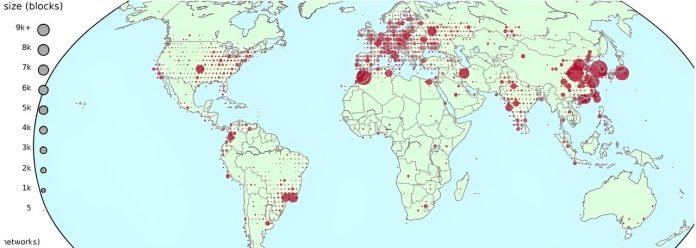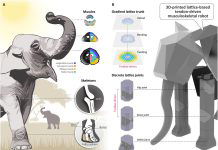
Have you ever wondered if the internet could tell us more about what’s going on in our world? The researchers at USC’s ANT Lab think it can!
Let’s dive into their discoveries and see how they used the internet to understand our activities better.
The ANT Lab at USC Viterbi’s Information Sciences Institute has been looking at the internet to find out when it’s not working, known as “outages,” since 2014. Two of their researchers, Xiao Song, a Ph.D. student, and John Heidemann, a professor, noticed something interesting.
They saw patterns when people at their institute connected their computers to the internet, especially during workdays.
But these patterns changed when people started working from home due to COVID-19. They realized that they might be able to use these patterns to understand more about what people are doing.
The researchers had a lot of data about internet activity, collected since 2013. They studied this data to find patterns related to human behavior. They used special computer techniques to make the data clearer and more useful.
From their study, they found that the internet could tell them when people started working from home due to the pandemic.
They could also find out when people were on holiday or when there were rules making them stay at home.
One example is when they saw a big drop in internet use in Manila, Philippines, in March 2020. The researchers checked the news and found that it matched the time when Manila had rules making everyone stay at home because of the virus.
Let’s look at two interesting examples:
China in January 2020: The researchers saw changes in how the internet was used in China.
At that time, there was both the lockdown in Wuhan because of the virus and the Spring Festival, a big holiday in China. Because these two events happened at the same time, it was hard to say which one caused the internet changes.
India in February and March 2020: The researchers saw changes in India’s internet use on different days. In February, it matched the time when there were big protests in India. In March, it matched the time when India had rules to control the virus, making people stay at home.
These examples show that different things can make people stay at home, but they all look the same on the internet.
The big question is: What can we learn from all this?
Heidemann, one of the researchers, says they first wanted to know if the internet could show human activity.
Now that they know it can, they want to see what more they can learn. For instance, they can find out which countries have rules making people stay home or how many people actually follow these rules.
Using the internet to understand human behavior is a new way to know what’s happening in the world.
It’s like other methods we use, such as testing city water to know how much virus is in a place. This kind of research can help in making important decisions, especially in health.
The internet is not just a place to watch videos or chat with friends. It can also tell us a lot about what’s happening in our world.
Researchers at the ANT Lab have found a new way to use the internet to understand our activities, and it’s quite exciting! So, the next time you’re online, remember – you’re part of a bigger picture!
Follow us on Twitter for more articles about this topic.
Source: USC.



